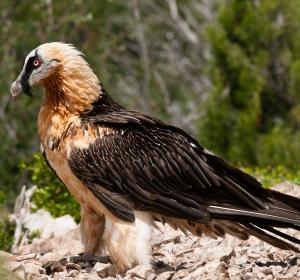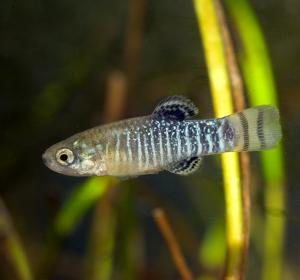Biodiversity
We care for the species that are the most threatened. Our biodiversity conservation projects include dissemination, monitoring and land management projects; population tracking and studies; and support for a variety of reintroduction initiatives.
Biodiversity is an essential part of natural systems and the essential component in their value


